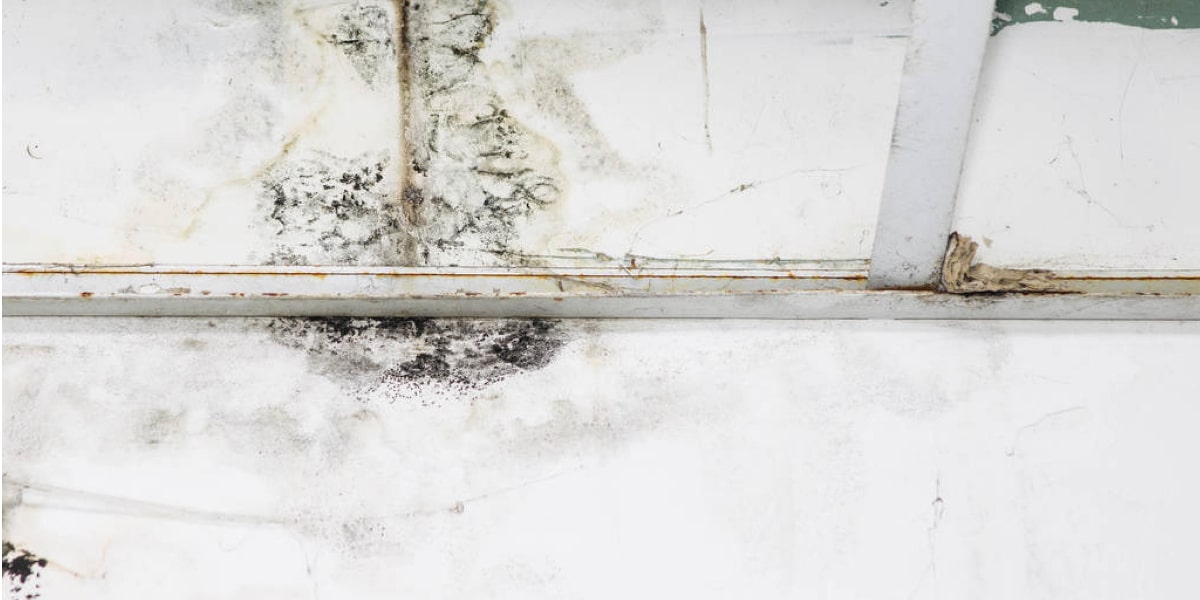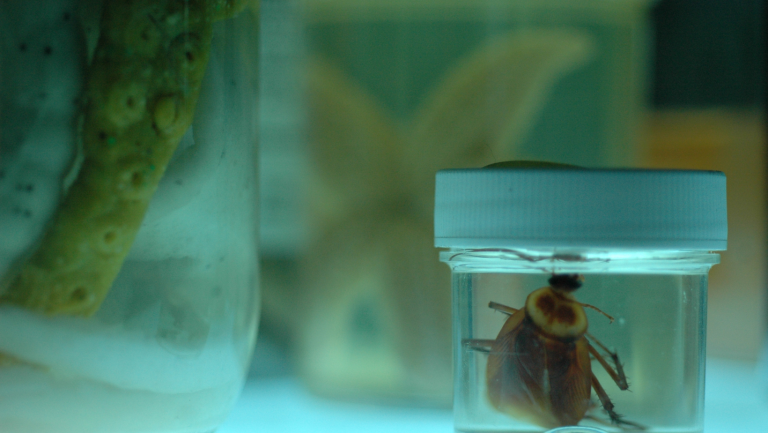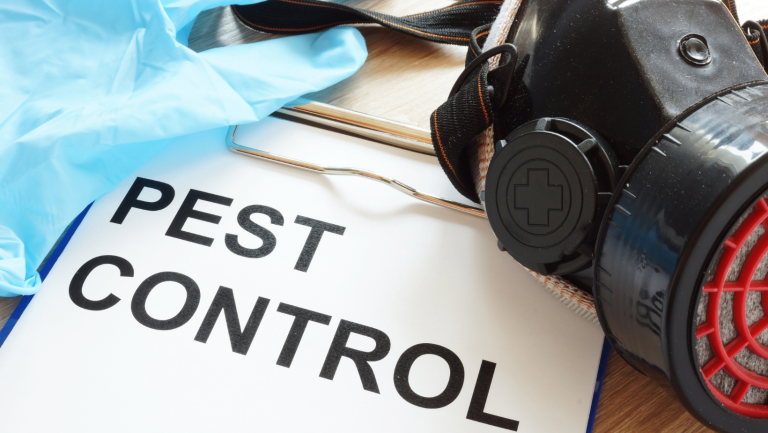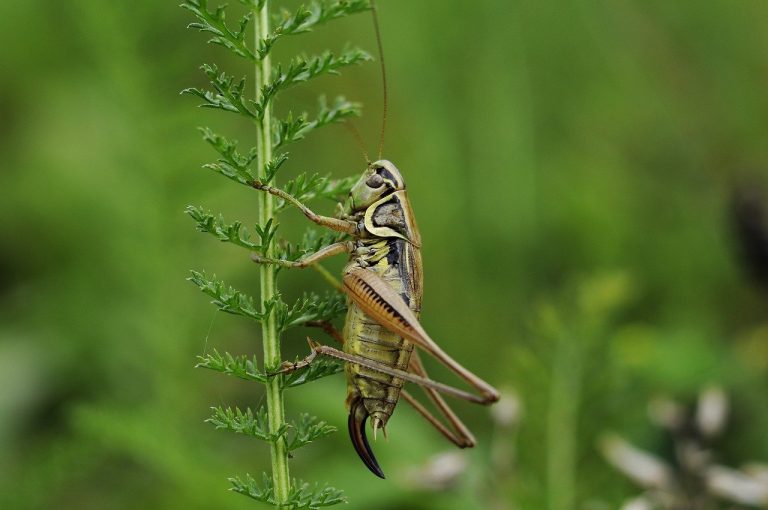How to Get Rid of Black Mold around Windows?
Molds don’t really wait or waste time before appearing, a minute of dampness on your window and they are there. In fact, if you have never experienced mold before, you might just think it’s a stain on your wall or window panes. Black mold is not only unsightly and unwelcoming but also bad for weakened immune or asthmatic people.
When you notice mold, it’s important you take care of it because in most cases the amount of mold that’s perceptible is nothing compared to what’s really there. They multiply fast and can cause discomfort in activating allergies that you didn’t even know existed.
You should know however because the mold is black doesn’t mean it is necessarily toxic. Regardless, whenever you see it between your windows frames, you should get rid of the mold. After you tackle the problem, you should deploy possible measures to prevent further infestation. Before you begin, ensure you wear protective gear to prevent it from coming in contact with sensitive parts of your skin. You should look for a pair of rubber gloves, goggles, and a respiratory mask. Additionally, as you work on your windows, open them for ventilation to protect you further.
What is the cause of black mold on your window?
We have many things contributing to the growth of black mold around your windows. Windows are one of the house components that are vulnerable to black mold invasion. This is because they love damp conditions as a result of condensation. And clearly, the opening attached to the roof and wall doesn’t pose much of a challenge. Windows separates the outside from the inside, which have different temperatures, therefore causing condensation.
Also, if you cover up your windows with heavy drapes, especially in winter, the shade favors the growth of black mold. The fungus will also grow on your window when it has something to feed on; it’s as simple as that. Dirty windows, that condense frequently, will hugely contribute to the development and colonization of the fungus. Any dirt containing organic material is a good source of full nutrients for mold. While flower and plant pots add plenty of home decor, they can be the source of mold growth. The plant can easily transfer mold spores to your window sill. Additionally, when plants excrete water, it only adds to the humidity in place.
How to remove black mold from your window?
- Examine the area: After you have noticed a black mold stain around your window, it is important for you to check the surrounding area.
Examine if there are spread around the walls or every other point it may exist. It is very important you examine the area so you may not leave behind some of it, which by the way, quickly multiply and you will definitely deal with black mold again quicker than you blink. This also helps in having an easier time when bleaching since the discoloration might not be there.
- Vacuum or dry-clean: Dry cleaning is not very much necessary, but if the mold is too much, simply vacuum the area.
If you are wearing a respiratory mask, and the windows are opened as you are doing it. Steadily work the nozzle of the hose over the affected area. After which, clean your vacuum with a damp cloth and vinegar. You will have a less disgusting area to work on but if you don’t want it hanging around the air, most especially if you don’t have a vacuum cleaner, it’s not advisable you do it.
- Damp the area: After vacuuming and dry-cleaning, you can now go ahead and damp the area to remove excess mold. Use a disposable cloth and warm water and wipe around the pane and frames of the window. Only do not use so much energy while wiping (which is very tempting considering home disgusting black molds are), to prevent the spores from getting into the wood frames of your windows.
You should also rinse the cloth in clean water after every wipe. You can also just use a spray bottle and spray only the affected area with water since that’s all that’s needed.
- Remove the mold with detergent: After you have reduced the number of mold to be worked on, you can now introduce a detergent. In a bucket of warm water, add a few drops of detergent. Use a clean disposable cloth to wipe off where the mold was. If the mold is too tough, you can use a scrapper to loosen it then wipe the surface.
- Bleach: After your window is clean, and well rinsed, it is vital you spray it with bleach to take care of the fungus that’s invisible to the eye.
Mix 1/4 to 1/2 cup of bleach in a gallon of water. Scrub the window casing using a clean cloth with the mixture. Let the bleach sit on the window for 20 minutes to disinfect and kill the black mold spores that have remained. You can then rinse the window with clean water and dry it thoroughly. You can use your hairdryer for a quick dry.
How to prevent mold from re-occurring?
You can start by taking care of any repairs that might be needed to prevent leakages. For example, always fix your window glass when broken.
During winter, if you have a problem with condensation and you run a humidifier, try putting less moisture in the air. You should also reduce the number of plants in your home, at least for the winter period. Or still, keep them away from your window sills since they increase the humidity and the soil is the perfect food for molds. In rooms with high humidity like kitchen and bathroom, increase the ventilation by installing exhaust fans.
You can also habitually open up windows and drawback curtains to facilitate the flow of air. Any reusable item like your bucket or towels used should be disinfected to prevent further spread.
What to consider before cleaning mold from your window?
Some of the most common causes of moisture that can lead to mold growth on your window frames can be –
- Leaking pipes
- Faulty heating or ventilation system
- Leaking roof or damaged window frames that causes the collection of rainwater on your window
- Moisture from tap/steam from cooking or showers (kitchen and bathroom window)
- Rising damp
- Inadequate airflow
That said, there are two things to consider before cleaning molds from your window –
- Safety: Mold spores spread quickly and can cause adverse reactions in humans. You must wear protective clothing before you begin to clean mold anywhere in the house. Some important safety wears for cleaning mold include safety goggles, rubber cleaning gloves, and face mask to protect your nose and your mouth.
- Types of product: Many cleaning products only remove the mold without killing the roots. In just a few days, you will notice that the mold has started growing back. Using the right products and tackling the root cause of mold growth are the best ways to prevent mold from growing back on your windows.
How to get rid of black molds from window sills naturally?
There are different home remedies that you can use to treat mold from your window sills –
- Vinegar: Vinegar is a common household item that is accessible and effective in cleaning molds around window sills. The acidic content of white vinegar is effective in killing over 80 percent of all mold species.
- Baking Soda: For added effectiveness especially when dealing with challenging mold species like black mold, you can mix vinegar with baking soda.
Mix one portion each of vinegar and water with two parts of baking soda. Mix all the ingredients thoroughly until you have a smooth paste. With the aid of a brush, spread the paste generously on the moldy area of your windowsill and allow it to dry.
- Tea tree oil: Tea tree oil is a natural mold cleaning compound that is gentle on humans but harsh on molds. It is excellent for cleaning and removing mold from the roots to prevent them from growing back.
Mix about ten drops of tea tree oil and a half glass of water in a spray bottle. Shake the mixture thoroughly until both oil and water are mixed well, then, spray on the mold.







